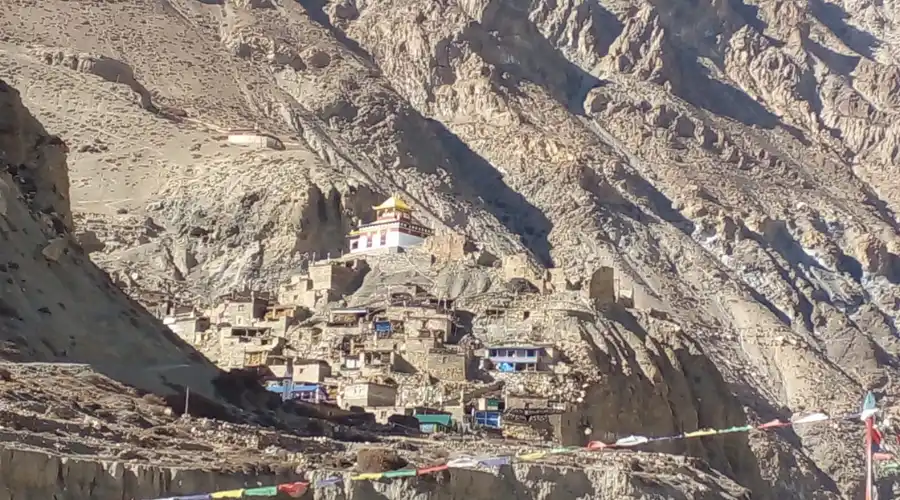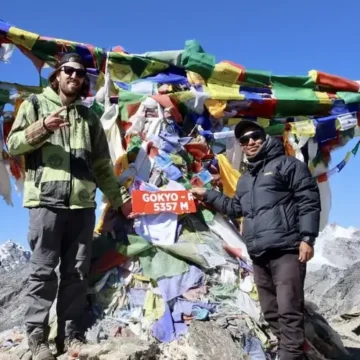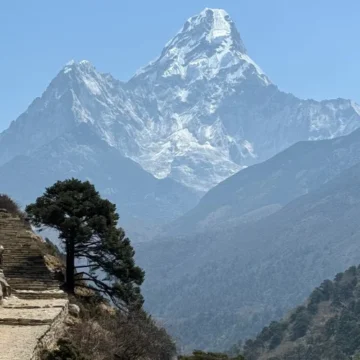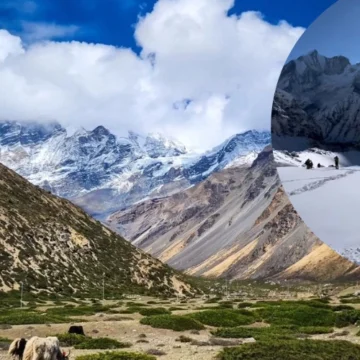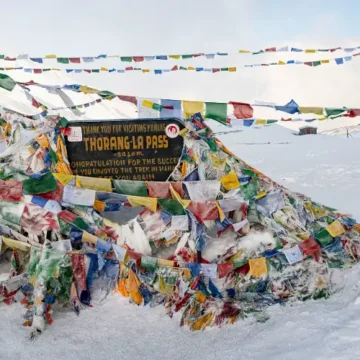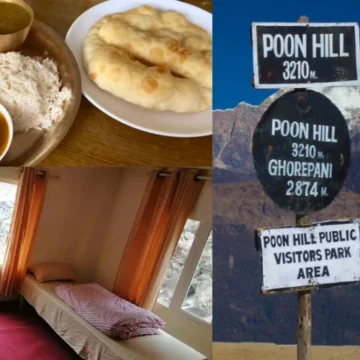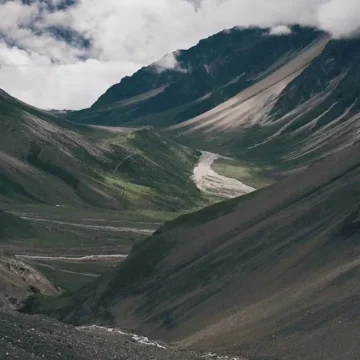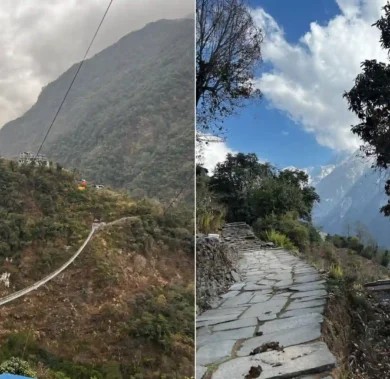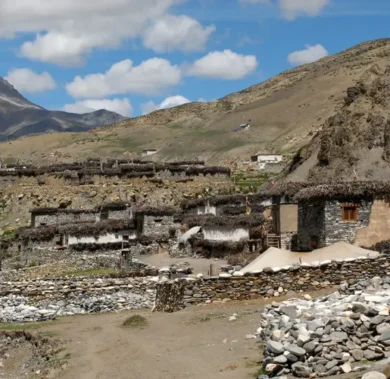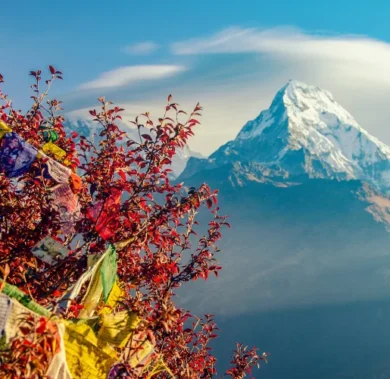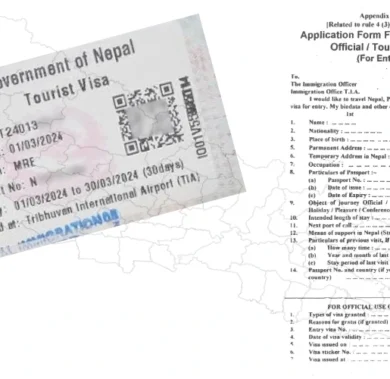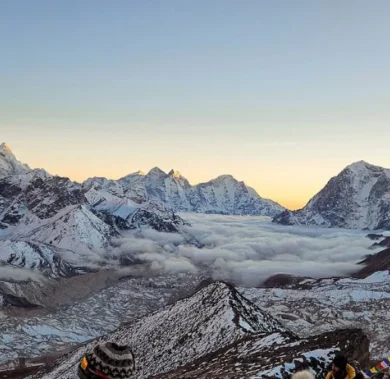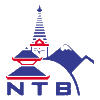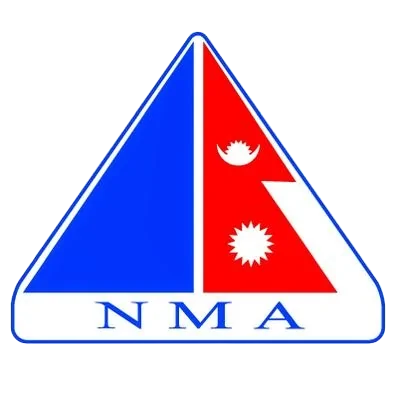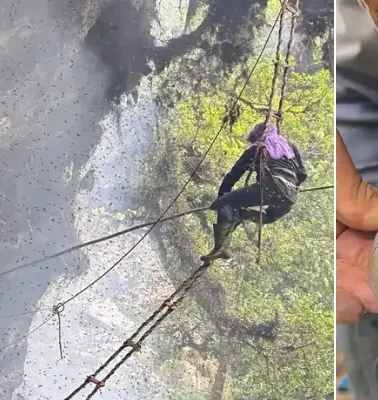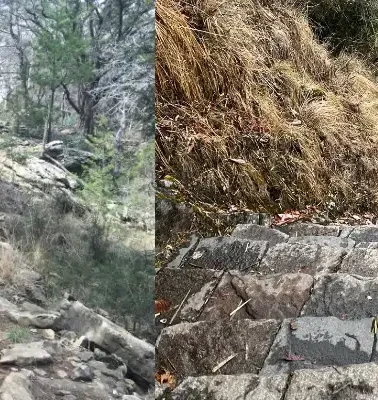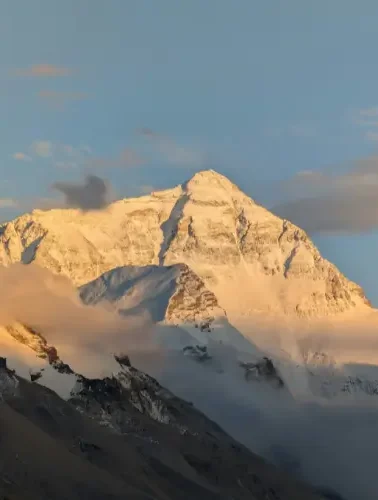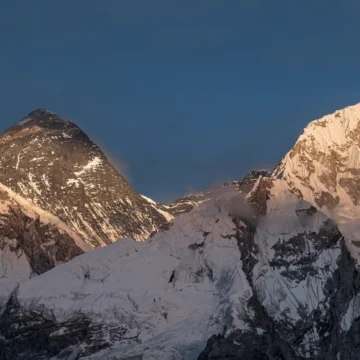
Difficulty of the Nar Phu Valley Trek via Kang la Pass
Table of Contents
Located in the western part of Nepal, Nar and Phu are two local, traditional villages between Manaslu and Annapurna regions. Nar Phu Valley, also known as ‘The Lost Valley’, is one of the most remote and exciting trekking destinations in Nepal. Since the region was open for travellers only in 2002, the infrastructures are not very developed, increasing the Nar Phu Valley Trek difficulty a little higher.
This trek offers a true taste of Himalayan villages, traditions, and lifestyles. The Khampas (Tibetan refugees) are the major community living here. So, trekkers can explore the unspoilt natural beauty of Nar Phu Valley and ancient Tibetan culture.
During the trek, trekkers can witness high-altitude landscapes, gorges, alpine meadows, and some of the great views of peaks like Annapurna II, Dhaulagiri, Gangapurna, Kanggaru, Himlung, and Chule.
Besides exploring the beauty of the valley, this trip tests the trekker’s physical fitness, mental resilience, and adaptability. For which they need to be prepared accordingly.
For up-to-date information on the Nar Phu Valley difficulty and tips for overcoming these challenges, please contact Himalayan Masters.
Let’s discuss what are the challenges that trekkers might face during the Nar Phu Valley Trek.
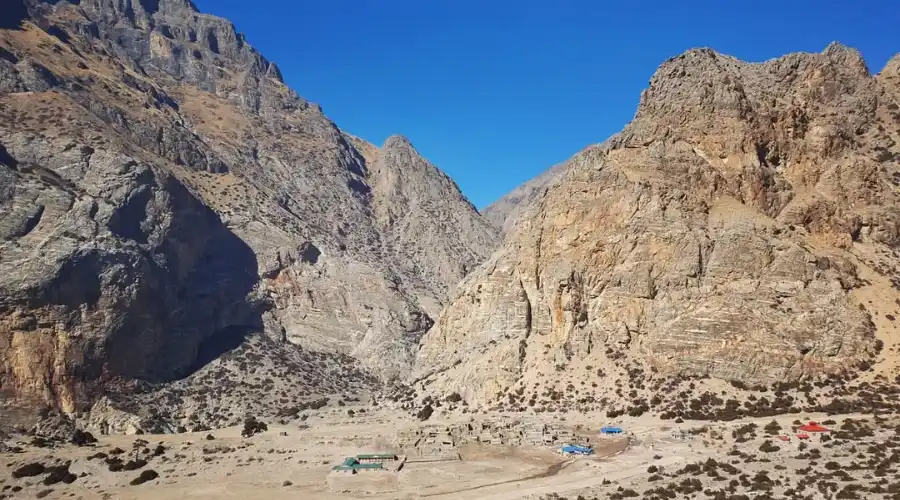
Understanding the Challenges of the Nar Phu Valley Trek
As mentioned, Nar Phu Valley is classified as a moderately difficult trek due to its high-altitude terrain, remoteness, logistical hurdles, and lack of modern facilities. Further, trekkers have to walk for a longer duration daily, on steep terrains, with basic facilities. Also, we cannot skip the unpredictable weather.
Proper acclimatization, along with good physical and mental fitness, comprehensive trekking gear, proper guidance, and some technical preparation, are required for a successful trip.
Physical Challenges on the Nar Phu Valley Trek
When planning for the Nar Phu Valley Trek, make sure that you are physically fit. Every day, you will need to walk for 5-7 hours for 7-8 days on the rugged, rocky terrains of Nar Phu Valley.
It tests trekkers’ endurance and stamina. So, we suggest you do some training and exercise to build strength and stamina.
High Altitude and Acclimatization
The Nar Phu Valley trek reaches a significant elevation of 5320 meters (17,454 ft) at Kang La Pass (one of the highest altitude passes in Nepal). This trek exposes trekkers to the risk of altitude sickness.
At such elevation, trekkers can show symptoms like loss of breath, dizziness, nausea, and others due to lack of oxygen. So, to overcome these challenges, trekkers are required to acclimatize properly, ascend gradually, and stay hydrated regularly.
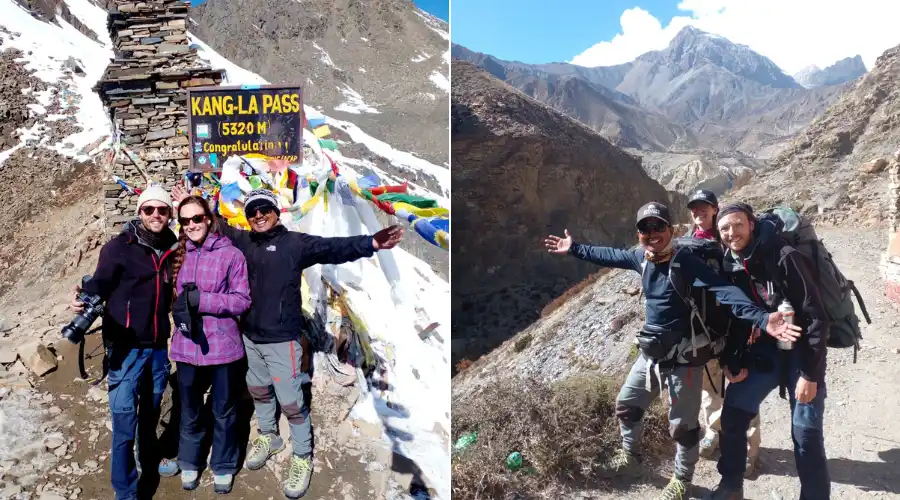
Technical Challenges
Although there is no climbing to be done, still having a few technical climbing skills and equipment surely comes in handy. Having trekking poles is really beneficial, especially around Kang La Pass.
Likewise, river crossings and passing narrow ridges require navigational skills and stability. If not a technical climb, this trek is challenging due to rough paths and technical terrain.
Weather Challenges
The Nar Phu Valley Trek difficulty increases due to unpredictable weather conditions. Sometimes, even during peak trekking seasons (spring and autumn), sunny, clear weather can change to gloomy, snowy, and freezing cold anytime, especially at higher altitudes.
For such situations, packing crampons (along with trekking boots compatible with crampons) as backup is wise for walking in snow.
Nonetheless, spring (March to May) and autumn (September to November) offer the most stable trekking conditions. So, we suggest you travel in these seasons.
Trek Duration and Distance
If you choose to trek with us, Himalayan Masters, we offer a 9-day-long Nar Phu Valley Trek itinerary. The total distance of the trek is approximately 70 km (43 miles).
These long waking days and distances could be really strenuous for some, particularly near the high passes.
Permits and Logistical Challenges
The Nar Phu Valley is a restricted area in the Annapurna region, solo trekking is prohibited. These valleys fall within the Annapurna Conservation Area. So, trekkers must obtain a Restricted Area Permit (RAP) and an Annapurna Conservation Area Permit (ACAP).
Additionally, trekkers are required to hire a licensed, registered guide for the trek. Without a guide, navigating Nar Phu could be tricky.
These logistical challenges increase the complexities of the trek.
Limited Facilities
Unlike popular, commercialized trekking routes like Everest Base Camp Trek and Manaslu Circuit Trek, the Nar Phu Valley Trek is less developed. There are fewer teahouses and lodges and only basic facilities. The food is simple, normally Dal Bhat, noodles, and soups, and not much fresh fruit and vegetables are available.
Most parts of the Nar Phu are powered by solar energy, especially in the villages after Phu Village. Also, internet facilities are limited, though some teahouses might provide Wi-Fi facilities. So, we suggest carrying a power bank with good backup.
Medical facilities are basically non-existent, so carrying a well-stocked first-aid kit and any required medicine is crucial.
Psychological Strength and Cultural Adaptation
The remoteness of Nar Phu means fewer trekkers, so it is a more secluded experience. The villages in the trek are influenced by Tibetan Buddhist culture, providing an immersive cultural experience.
In addition to remoteness, long trekking times and harsh weather conditions increase the overall difficulty of the Nar Phu Valley trek. The exclusion and peace of this hidden valley require psychological strength to fully appreciate its solitary beauty since overcoming limitations becomes necessary.
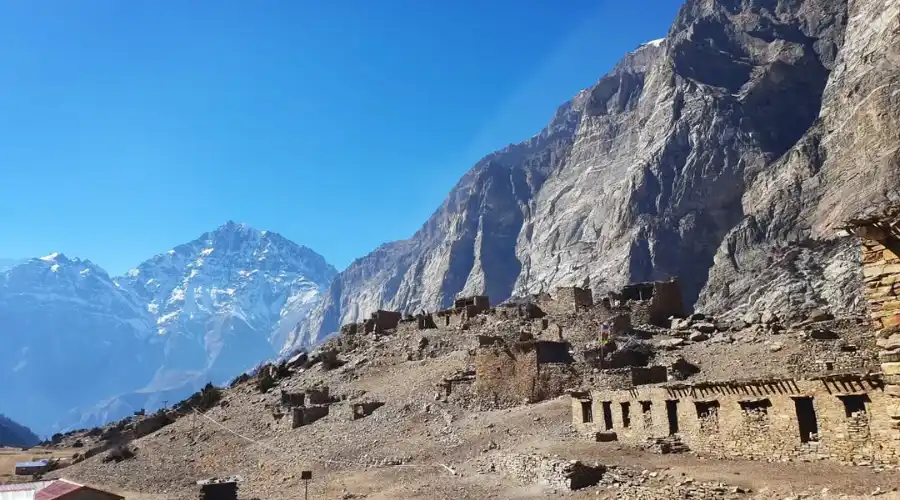
Some Tips and Tricks for Overcoming Nar Phu Valley Trek Difficulty
For a safe and successful trekking experience, here are some tips for overcoming the challenges of the Nar Phu Valley trek.
- Trekkers should engage in rigorous training, including cardio and strength, and do some short hikes to make up for the physical demands of the trek.
- Acclimatize properly by adding rest days and ascending gradually, and drink at least 3 litres of lukewarm water daily. The itinerary provided by Himalayan Masters includes one rest day in Phu Gaon/Village.
- Pack warm layers, trekking poles, and high-energy snacks. Follow the layer packing system.
- Check for news on the weather forecast before heading out to avoid extreme conditions.
- Hire a knowledgeable local guide for navigation, safety, and insights into the villages en route.
- Stay hydrated and eat well, foods that are easy to digest, to maintain energy and prevent altitude sickness.
- Be mentally prepared for Nar Phu region isolation, long trekking hours, and minimal facilities, and always have positive thoughts.
- Respect local culture and tradition, and embrace the simplicity of the Nar and Phu villages.
- Be flexible, and be prepared for any customization on the itinerary due to weather or trail conditions.
Nar Phu Valley Trek With Himalayan Masters
The Nar Phu Valley Trek is quite challenging but rewards its admirers with its excellent beauty, unveiling its mystery. This untouched, unspoilt terrain offers one-of-a-kind experiences to adventurers.
Despite some of the Nar Phu Valley Trek difficulty, we ensure that this trek is going to be an unforgettable adventure in one of Nepal’s most secluded, naturally beautiful, and culturally rich regions.
For a well-organized trip to Nar and Phu villages via Kang La Pass, contact Himalayan Masters at [email protected], or you can WhatsApp us at +977-9823636377.
Want to know more?
Speak to an Expert





Sandip Dhungana
Nepal 🇳🇵
Whatsapp: +977-9823636377

